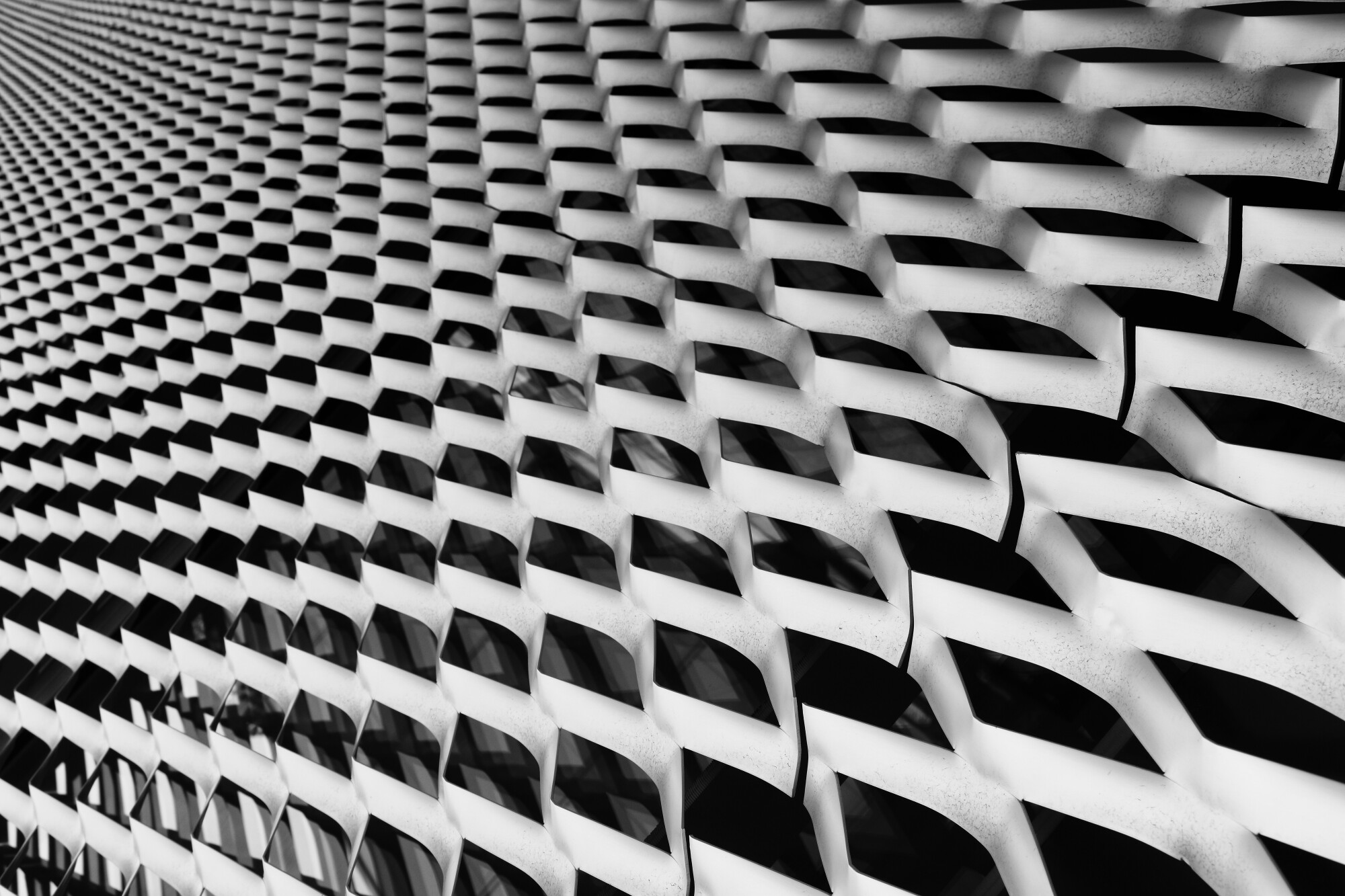Views: 0 Author: Rachel Wynn Publish Time: 2025-06-12 Origin: Site











Expanded metal sheets are engineered materials widely recognized for their exceptional versatility, structural integrity, and cost-efficiency across multiple industries. Manufactured by simultaneously slitting and stretching solid metal, these sheets form a continuous mesh without any welds or joins—preserving the material’s strength while minimizing waste. Their distinctive open-lattice design delivers an ideal balance of rigidity and airflow, making them indispensable in sectors such as construction, architecture, mechanical engineering, and safety systems. Unlike solid or perforated metal sheets, expanded metal offers superior load-bearing performance, enhanced anti-slip properties, and ease of fabrication, positioning it as a preferred solution for both functional and decorative applications.
An expanded metal sheet is made by simultaneously slitting and stretching a solid metal sheet, resulting in a pattern of diamond- or hexagon-shaped openings. This process does not generate waste, which makes it more sustainable than perforating. The material remains intact—no welding or joining—preserving its structural integrity and load-bearing capacity.
The production of expanded metal sheets involves a few key steps:
Slitting: A metal sheet is first slit in precise patterns using a die.
Expanding: The sheet is then stretched under tension to create uniform mesh openings.
Flattening (Optional): For applications needing a smoother surface, the sheet may be passed through a flattening roller.
Finishing: Galvanizing, anodizing, or powder coating is often applied to improve corrosion resistance and appearance.
Expanded metal comes in various forms, each suited to different functions:
Raised (or standard) expanded metal retains the three-dimensional structure formed during expansion. The mesh is rigid and textured, offering enhanced grip and structural strength, commonly used for walkways, ramps, and industrial flooring.
Flattened expanded metal is compressed after expansion to create a smooth surface. It is easier to cut, weld, or form and is preferred in architectural applications, screens, enclosures, and lightweight barriers.

| Material | Properties | Typical Applications |
|---|---|---|
| Carbon Steel | Strong, affordable, weldable | Machinery, fencing, heavy-duty platforms |
| Aluminum | Lightweight, corrosion-resistant, non-magnetic | Decorative panels, marine use, enclosures |
| Stainless Steel | Corrosion- and heat-resistant | Food processing, chemical, medical equipment |
| Galvanized Steel | Rust-resistant, durable in outdoor conditions | Security fencing, outdoor grating |
Thanks to its mesh design and strength, expanded metal is used across industries:
Construction: For catwalks, ceiling panels, reinforcements, and plaster mesh.
Architecture: Used in sunscreens, facades, partitions, and modern cladding designs.
Security: Fencing, window guards, machine enclosures, and ventilation covers.
Industrial: Filters, platforms, equipment guarding, and stair treads.
Automotive: Grilles, protective covers, and vents in trucks or off-road vehicles.
Expanded metal sheets offer significant benefits over other materials:
Strength with Low Weight: Open mesh structure reduces weight while retaining load-bearing capacity.
Excellent Ventilation and Drainage: Perfect for applications requiring airflow or liquid drainage.
Cost-Efficiency: No material is wasted during expansion; production is economical.
Anti-Slip Surface: Raised mesh improves grip, ideal for floors and safety walkways.
High Customizability: Mesh size, strand width, material, and finishes can be tailored to project needs.
-1-2-13f-cs-171-1487625599_1240_637_78_imagespr-metals-wm.png_500_230_12_c_c_.jpg)
When selecting an expanded metal sheet, consider the following criteria:
Mesh Size: Choose according to airflow or visual transparency needs.
Material Type: Consider corrosion, weight, weldability, and aesthetics.
Thickness and Strand Width: Determine based on load capacity and application environment.
Finish: Use coatings for corrosion resistance or visual appeal depending on the installation site.
Expanded metal is made by slitting and stretching a metal sheet, resulting in no material waste and a stronger sheet. Perforated metal involves punching holes into the sheet, which may weaken structural integrity and produce scrap.
Yes. Galvanized or stainless steel expanded metal sheets are designed to resist rust and corrosion, making them suitable for outdoor use in construction, fencing, and ventilation.
Expanded metal can be cut using hand tools such as snips for thin sheets or power tools like angle grinders and plasma cutters for thicker gauges. Always wear protective gear due to sharp edges.
Absolutely. Since expanded metal is made from solid metal sheets without added materials, it is 100% recyclable and environmentally sustainable.
Standard sizes vary, but most suppliers offer sheets in 4' x 8' or 5' x 10'. Custom dimensions, mesh patterns, and thicknesses can often be fabricated on request.






